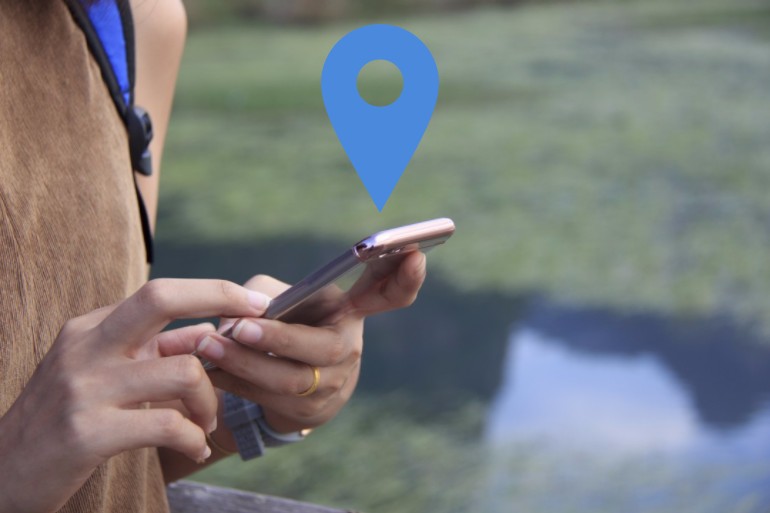By Puja Pannum, managing director, Blis MENA
Retail marketing teams have learned that the more they know about their consumers the better they can tailor marketing strategies to their needs and secure their long-term loyalty. They’ve invested considerable resources into gaining insight into their shoppers, and have the necessary tools at their disposal to do so. Consider the insights that are gleaned from club cards and loyalty programs, all associated to specific households. Now, thanks to partnerships with third-party demographic data, marketers gain fuller pictures of who their customers are, and how to best market to their preferences.
But there’s a glitch. Once consumers leave a retail outlet, the marketer completely loses sight of them. Do they go to a competitive outlet to make purchases? If so, how much are those brands losing in sales? Are there in-store behaviours that immediately indicate intent to purchase? Or rather, behaviours that show a shopper is comparing prices at different stores before completing a transaction?
Most critical of all: if retail marketing teams had access to data revealing the full picture of a consumer’s shopping behaviour, could they leverage these insights to better serve them, and grow that business?
Given the enormous implications that insights on consumer shopping habits have on the bottom line, we decided to test this out in order to answer these questions. We began by focusing on the mobile devices consumers carry in their pockets. Throughout MENA, 80 percent of the population – about 365 million consumers – own a smartphone. By collecting mobile data (device ID, longitude and latitude, and timestamp data) and overlaying it with demographic and behavioral data (including mobile phone usage and exposure to mobile ads) we were able to create a more comprehensive consumer profile. This new and highly granular dataset allowed us to easily compare how consumers behave between a varied range of locations and brands.
To test the utility of the mobile movement data, we compared how consumers in seven countries (including Dubai) behaved as they interacted with four brands: H&M, Victoria’s Secrets, Zara and Topshop.
We know that consumers in Dubai love to shop, and visiting a mall is an integral part of the region’s culture (20 percent of shoppers visit a mall every day, 60 percent visit once a week). Does that fondness for malls present marketers with an opportunity to target consumers? To answer that question, we paid careful attention to Session Index, a metric that measures levels of mobile activity while consumers are in a store. The higher the Session Index, the greater the opportunity for a marketer to reach and engage a consumer. Because shoppers in Dubai had the highest Session Index, we can deduce that marketers do have a unique opportunity to reach them with mobile advertising while in-store. We also learned that the most active mobile users were women under the age of 25, and men aged 25 to 35. Although we studied fashion shoppers, only 4 percent of the consumers in Dubai browsed fashion and style sites while shopping, compared to 30 percent who looked at business content.
Session Index also revealed insights that seem counterintuitive to long-held marketing notions. For instance, H&M outlets had the highest footfall but the lowest Session Index, indicating that while the brand attracts many consumers, these consumers spend the least amount of time in-store compared to other brands. This suggests that H&M isn’t a destination store, though it benefits from being in close proximity to other retailers that are. Most retailers assume it’s best not to open outlets so close to their competitors, but in H&M’s case, that might be a smart strategy.
Our data also called into question the notion of the Retail Week. In conventional marketing wisdom, we assume that shopping behavior increases as the week progresses, but that’s proving to be too simplistic. In fashion, online shopping is prompting more sales in the beginning of the week, which has flattened the Retail Week spike. This insight has many ramifications for the marketer, first, it’s clear that fashion consumers switch between digital and physical interactions, which means that the brand experience must be consistent and frictionless. If a shopper’s online experience is wholly divorced from their in-store interactions, the brand misses the opportunity to create a coherent shopping journey. This is a shame, especially since marketers can use location audience profiling to identify in-market consumers and target them at key decision-making moments.
These are just a few of the ways that mobile movement data can shine a light on behavior that up until now was unknowable. Retail marketers have the opportunity to understand how their customers move – physically and virtually – through the competitive landscape, enabling them to tailor promotions, messaging and cohesive brand experiences.






